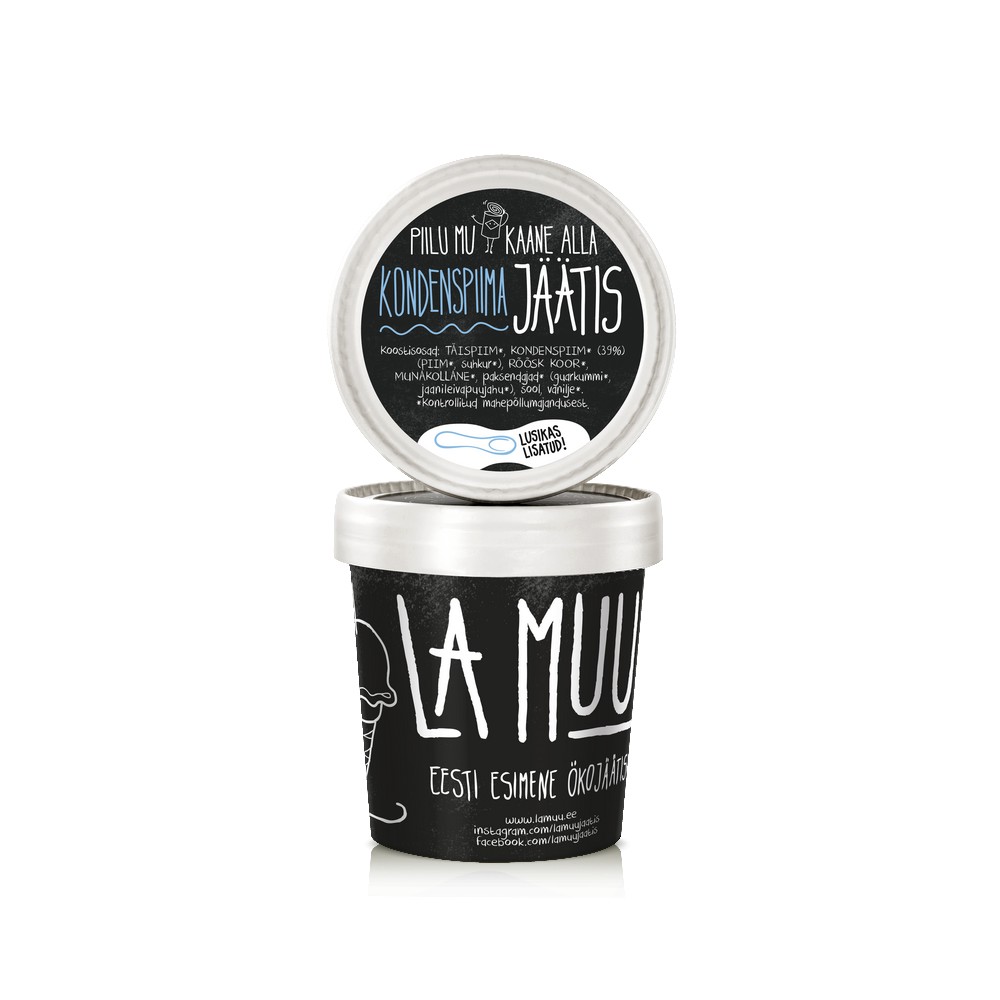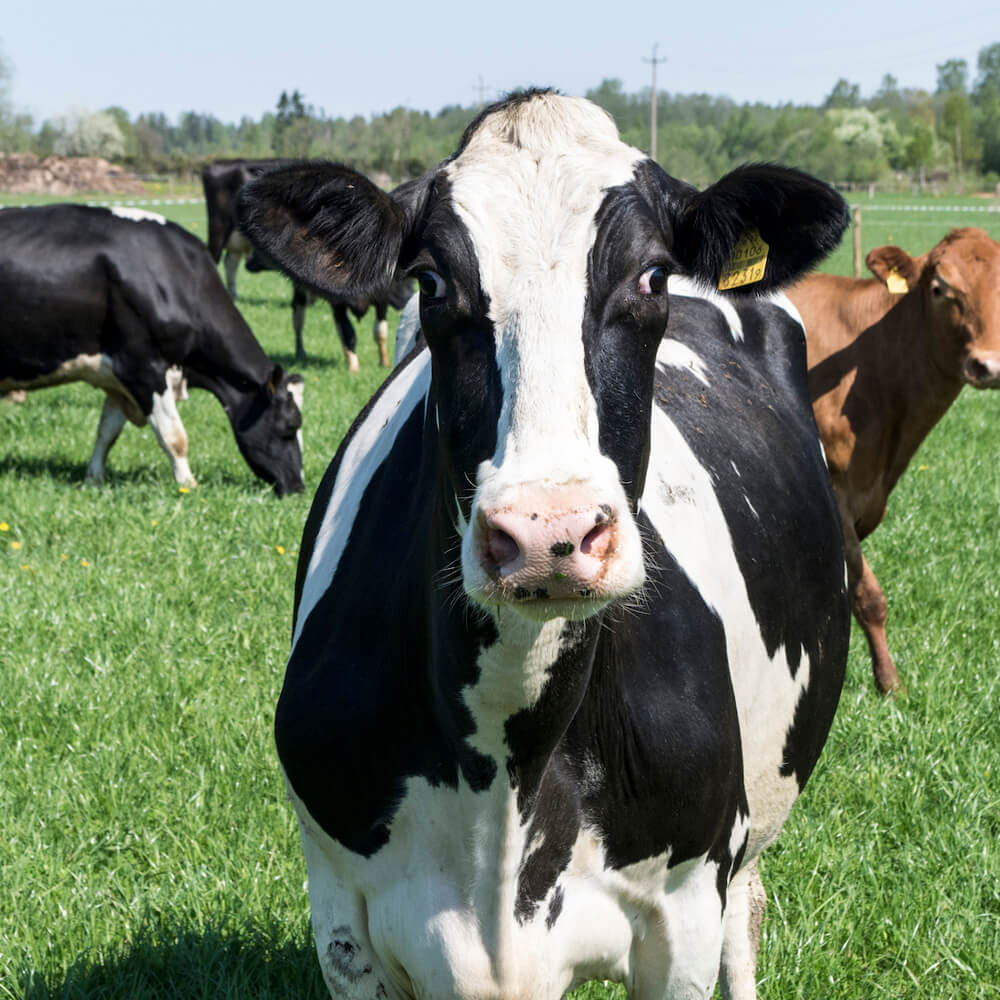
Condensed Milk Ice Cream, 100g, öko
Vaata, kus seda müüakse!
Locust bean gum is a powder made from the seeds of the carob tree. It acts as a natural emulsifier, i.e. enables to bind together fats and water molecules and other ingredients.
The milk we use comes from Metsavenna farm in Southern Estonia, close to the Latvian border. The milk comes fresh and unpasteurized with the butterfat content of 3.8-4.2%, depending on the season (in the summer when the cows are grazing in the fields, the milk yield is higher and fat % slightly lower than in winter). The milk is pasteurized once it arrives. Hence, in the final product, only pasteurized milk is used.
We use sea salt.
Our whipping cream comes from Pajumäe dairy farm.
Here's the thing about eggs. We buy free-range organic eggs from Äntu manor. We crack the eggs, separate the yolks, whisk them and add them to the ice cream mixture during pasteurization. As the eggs are pasteurized there is no need to worry about Salmonella or other dangerous bacteria.
Guar gum is a natural thickener made from the seeds of a plant called guar. A little bit of guar gum goes a long way. We do not use any synthetically manufactured thickeners or stabilizers.
Locust bean gum is a powder made from the seeds of the carob tree. It acts as a natural emulsifier, i.e. enables to bind together fats and water molecules and other ingredients.
| Toitumisalane teave 100g valmistoote kohta | GDA (2000 kcal) | %GDA | |
|---|---|---|---|
| Energy, kcal | 211 | 2000 | 10,6 |
| Carbohydrate | 23,8 | 270 | 8,8 |
| Sugar | 23,8 | 90 | 26,5 |
| Protein | 5,2 | 50 | 10,3 |
| Salt | 0,24 | 6 | 4 |
All La Muu's ice creams are made from organic produce. As much as possible we use local Estonian organic produce. That way we can guarantee from which farm the milk comes and how is the milk, heavy whipping cream, eggs, berries and fruit produced. As Estonia is located where it is,we still need to import many things. When we do import, we pay extra attention to these three details: 1) ensure that organic produce quality is excellent; 2) that the ecological footprint of the production and transportation would not be too big; 3) that the farmers would be fairly paid for their jobs.

